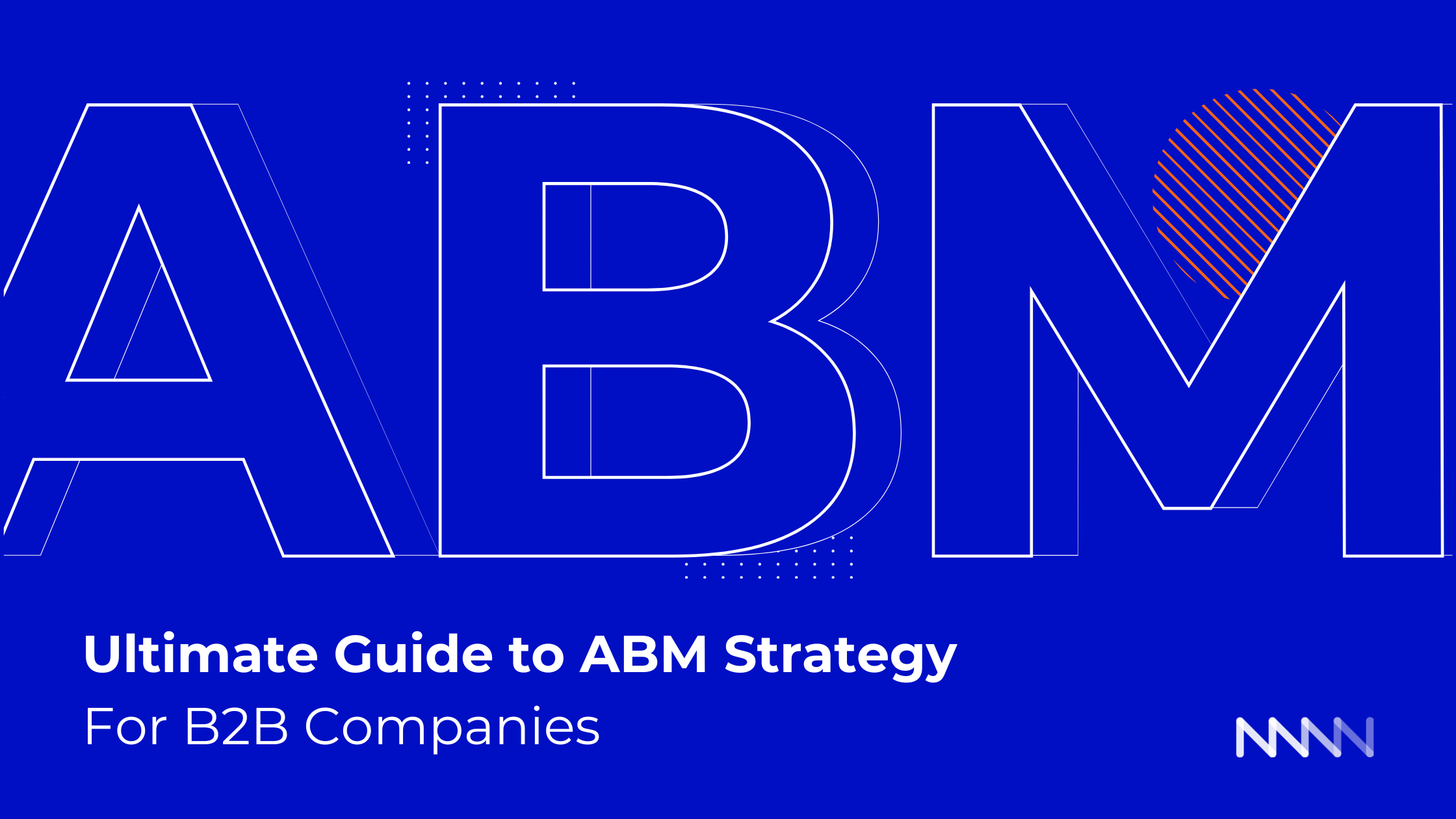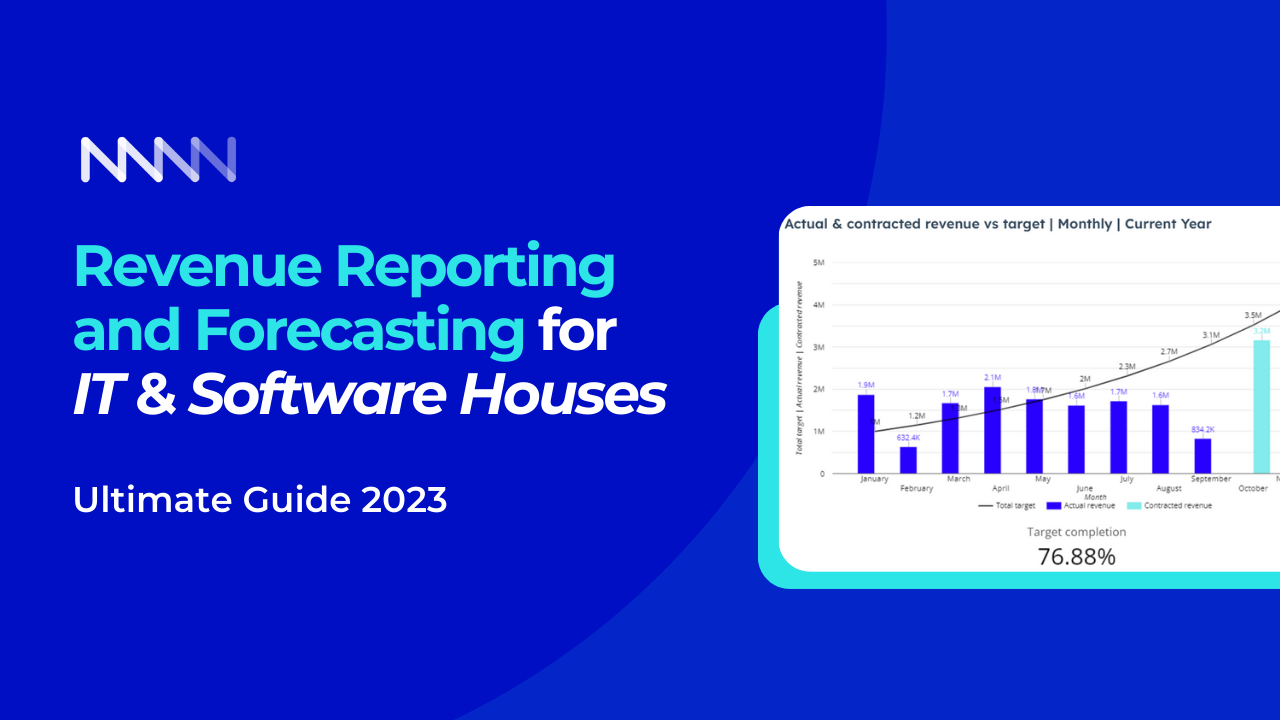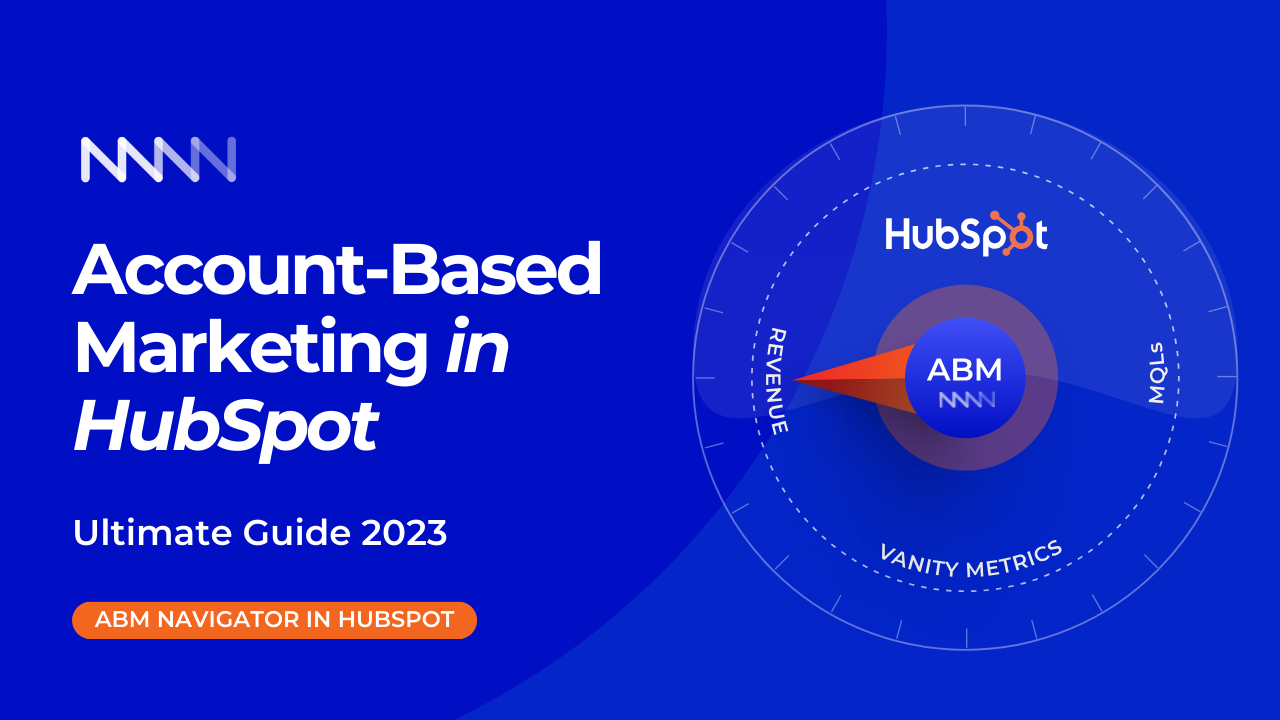15 MIN READ
Related articles
December 14, 2023
November 17, 2023
In this article, I will explain a step-by-step process for optimizing sales velocity with RevOps in HubSpot. By following our guidelines, you will gain the ability to:
Increase conversion rates: identify bottlenecks in your sales process and make improvements to boost your win rates.
Shorten the sales cycle: spot where in the process buyers are getting stuck and optimize it for speed.
Increase the average deal value: let your salespeople focus on the most profitable ICP tiers
Let's dive into it.
Table of Contents
Sales velocity refers to the speed at which a company negotiates and finalizes a contract to close a transaction.
Suffice it to say, it's crucial for a business's cash flow.
This is why optimizing this metric should be a north star for any sales leader.
Sales velocity is a critical metric to measure and monitor the performance of your business.
Here's the simple formula to calculate it.
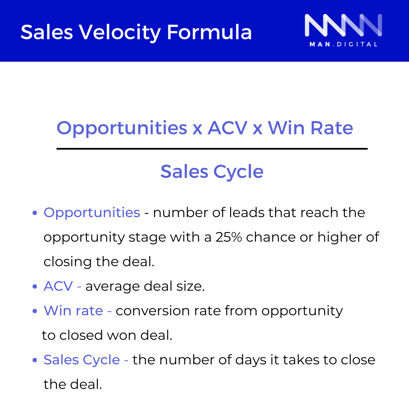
Example:
Your sales team handles 10 opportunities per month. Each with an average contract value of $50k and a win rate of 75%. They typically spend 27 days on each deal before it's finalized.
Sales velocity = $13.888 per day
You need to improve at least one part of the formula:
But, to improve these metrics, you first need to know how to measure and analyze them. And here's where HubSpot comes in.
Let's dive deep into dashboards for actionable insights to coach reps and boost sales velocity.
First, you want to gain a general overview of your sales' success in converting opportunities into customers.
To do that, you look at the top-level funnel report with the conversion ratios of the lifecycle stages.
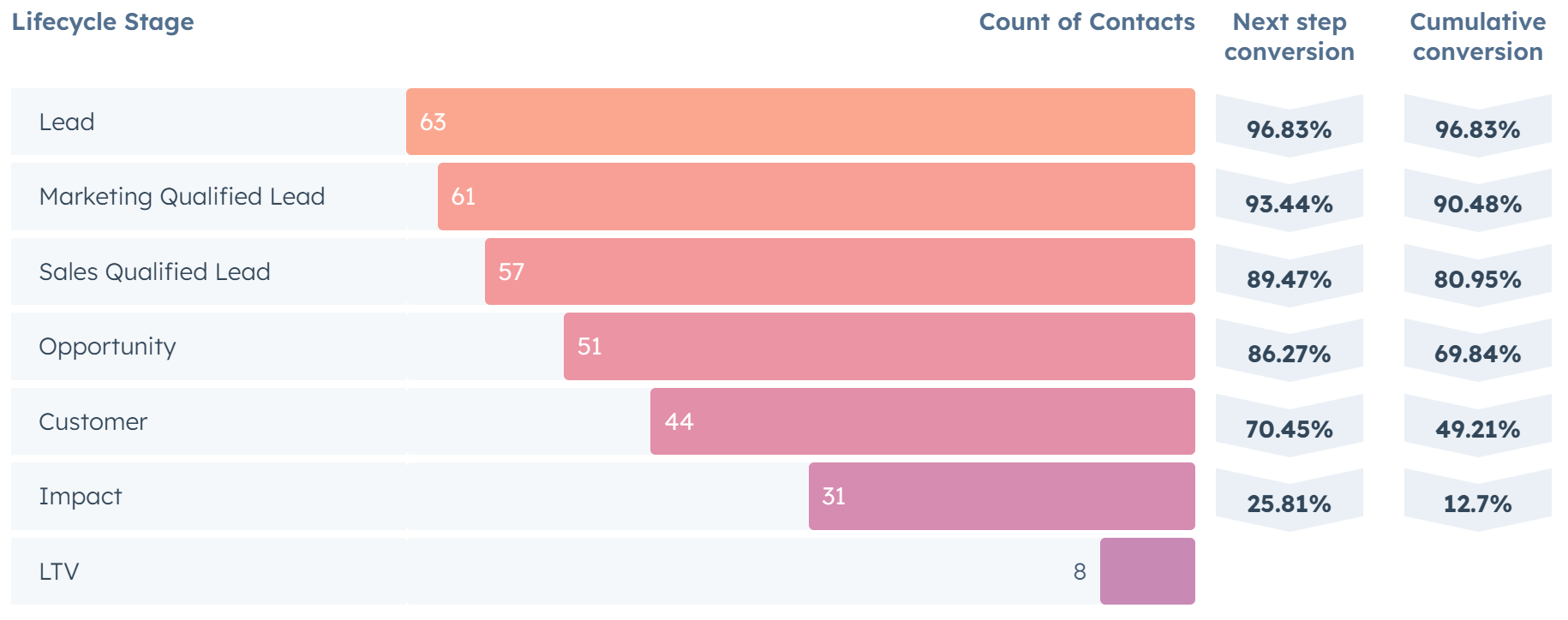
While it gives you an insight into the overall health of the pipeline, it doesn't tell you how exactly you can increase win rates.
To do that, you need to understand what your reps' deal management looks like.
By looking at where the deals are dropping off or getting stuck, you can quickly identify bottlenecks in the sales process.
From the perspective of sales velocity, you're looking primarily at:

To gain a full picture of your sales process efficiency, look also at the reasons why buyers drop off.
Do that globally for the whole sales process:

As well as for individual reps:

Thanks to that, you know exactly in which part of the deal management your reps need enablement and coaching to increase win rates.
To monitor whether deal velocity improves or decreases, keep tracking the pipeline's historical data.


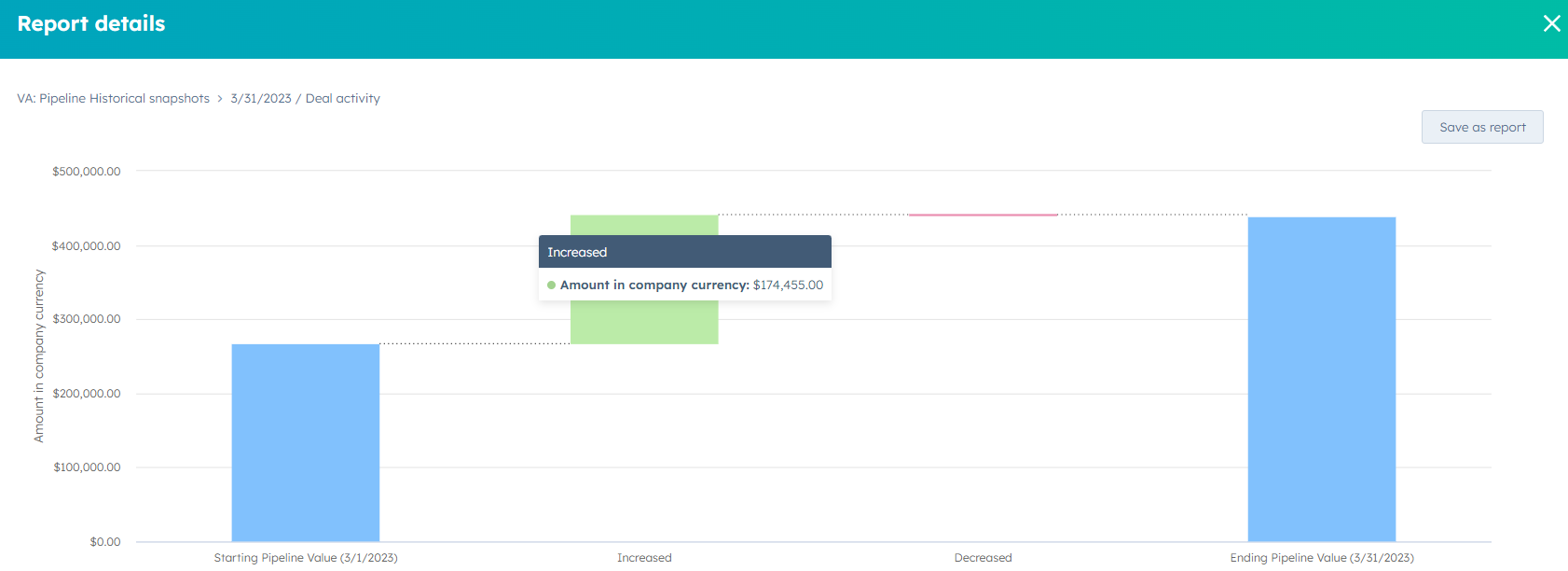
As a result, you see if improvements in the sales process bring results.
You also have an overview of your sales team's capability to hit revenue targets and can act proactively to make that happen.
To shorten your sales cycle, you need to answer the basic questions:
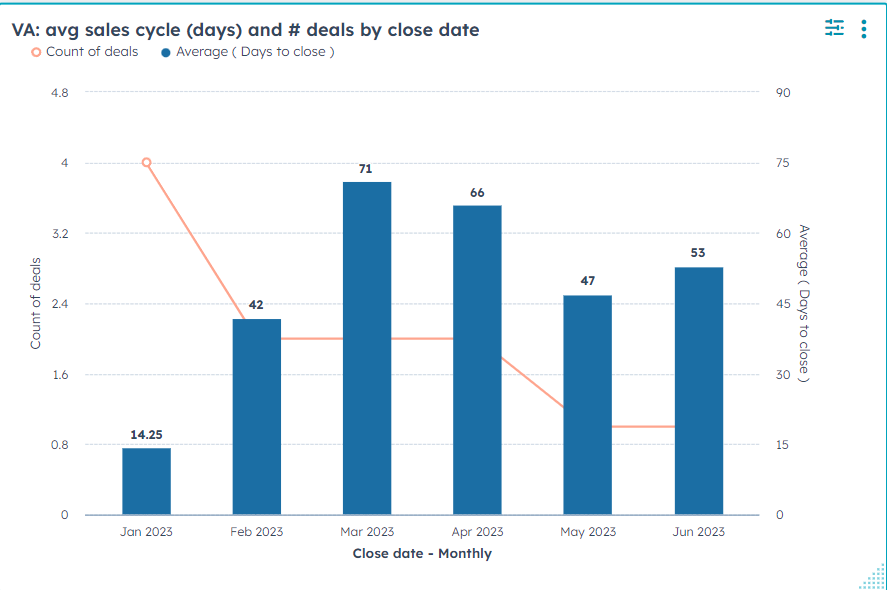 Then, dive deeper into the sales cycle length by individual reps to see who is the fastest closer and who is at the bottom of the pile.
Then, dive deeper into the sales cycle length by individual reps to see who is the fastest closer and who is at the bottom of the pile.
 Now, look at the average time in the deal stage to understand how long it takes to advance a client from one deal stage to another.
Now, look at the average time in the deal stage to understand how long it takes to advance a client from one deal stage to another.

You can see where deals get stuck and spend most of the time (e.g. contract negotiation).
As a result, you can spot which part of the sales process needs optimization to close deals faster.
Example of shortening the sales cycle with automation:
Carl Seller handles 10 opportunities per month. Each with an average contract value of $50k and a win rate of 75%. He typically spends 27 days on each deal before it's finalized.
This results in a calculation of $13.888 per day
By reducing the time in the "Pending Signature" stage from 15 days to 7 days with the automated contracting tool, he increases sales velocity to $ 19,736 per day.
To increase the average deal size, you first need to understand:
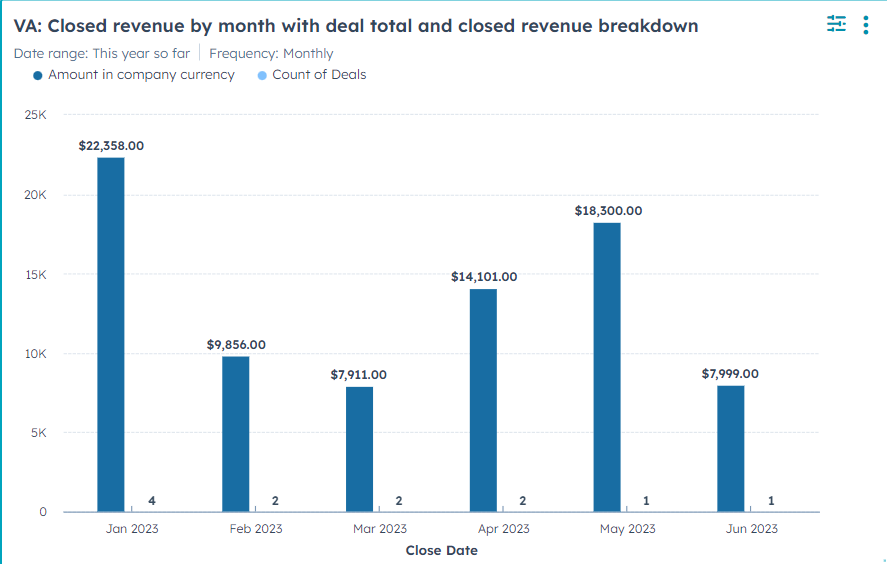
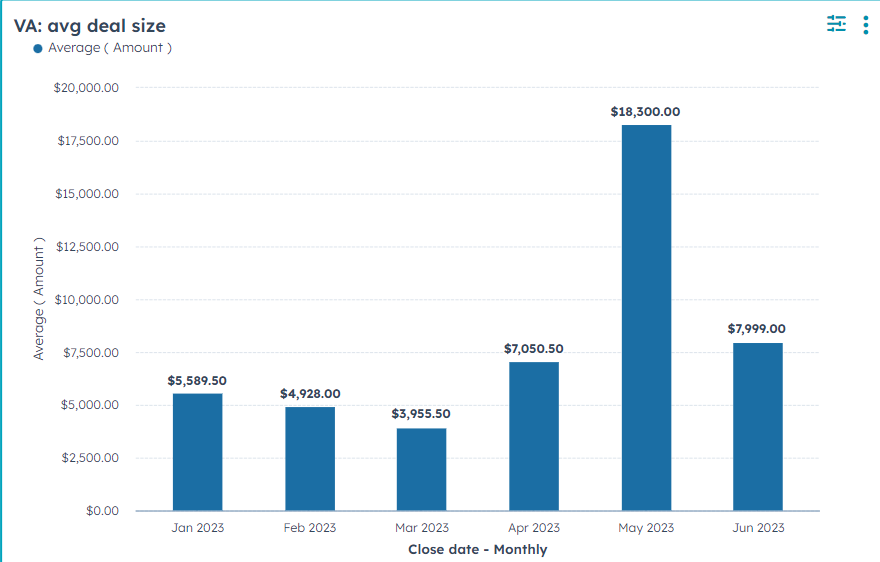
In the next step, you should go more granular to see the average deal size by rep.
Here you can see how much revenue brings every rep in any given month and how many deals on average he's closing.

Consequently, you can spot top performers and use their best practices in enablement for the rest of the reps.
This analysis will give you insights into which ICP Tiers are most profitable.

Quick wins:
Sales velocity is a crucial metric for business performance. Optimizing it should be a north star for every sales leader. To do that you should improve at least one part of its formula:
As you could see, HubSpot is a great tool that gives you insights into how to enable reps and streamline a sales process.
Want to see how boosting sales velocity with RevOps in HubSpot can look at your case? Let's chat about how MAN Digital can help with that.

